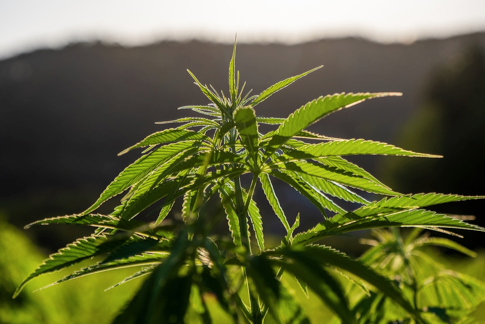Cloning is a technique that is commonly used by cannabis growers that allows you to produce multiple plants with identical genetics.
Effectively if you have an awesome mother plant and you want to produce an identical copy of its flavor, potency, and growth characteristics, you can simply cut off a piece of it, and clone it. While cloning works great for photoperiod plants, the process and its effectiveness differ significantly when applied to autoflowering strains.
What is cloning?
Cloning is creating a genetic copy of a cannabis plant. You take a cutting from a healthy mother plant, root it, and grow it into a new plant with identical genetics. This method preserves the exact traits of the original plant, including cannabinoid and terpene profiles, and growth characteristics. By cloning a plant, you can grow bud that has pretty much identical potency, flavor, and growth patterns as the mother plant. This consistency is incredibly valuable for commercial growers as it helps you to maintain the quality and predictability of your harvests, making it easier to manage your grow operation.
Can you clone autoflowers?
Technically yes you can, clones just are cuttings from another plant that is in the veg stage. To clone an autoflower all you would need to do is take a cutting from it, plant that and wait for it to root, then you have your clone. However, cloning autoflowers is pretty pointless and here is why….

Why cloning autoflowers is a waste of your time?
First off let’s explain the autoflower life cycle a little. Autoflowers veg for around 3-4 weeks and then they transition into the flowering stage automatically. With autos you have very little control over when they flower, therefore if by the end of the veg stage your autos are tiny you cannot keep them in veg unlike with photoperiods. Once they are 3-4 weeks old, they will flower automatically, hence the name ‘autoflower seeds’.
Cloning autoflowers is a waste of your time because their vegetative stage lasts only 3-4 weeks. When you take a cutting from an autoflower parent, it is likely 2-3 weeks old already. This means your clone will have only about one week of vegetative growth before it starts flowering. As a result, the clone will be tiny, effectively beginning its flowering phase almost immediately, leading to a minimal yield.
Photoperiod plants on the other hand allow you to control the vegetative stage. You can keep photoperiods on an 18/6 light cycle, letting them grow as big as you want before switching to the flowering light cycle of 12/12.
What is the advantage to using clones for photoperiod plants?
Clones are genetic copies of the mother plant, so they inherit all its traits, including potency, flavor, and growth patterns. This gives you a little bit more certainty when it comes to uniformity in your garden, making it easier to manage and predict the outcomes of your grow, which is especially important for large scale commercial growers.
Clones from photoperiod plants can be kept in the vegetative stage as long as needed. You can control the growth cycle by maintaining an 18/6 light schedule, allowing the cloned offcut to root effectively and grow to a decent size before you take it into the flowering stage. If you want you can even take a clone of your cloned plant continuing the genetic line another generation.
How do you clone a photoperiod?
To clone a photoperiod, start by selecting a healthy mother plant. Choose a branch with a few nodes and cut a 4-6 inch section just below a node. Remove the lower leaves from the cutting, leaving a couple of sets of leaves at the top.
Dip the cut end in rooting hormone to encourage root development. Place the cutting in a growing medium, such as rock wool or soil, and keep it moist. Maintain a humid environment by covering the cutting with a plastic dome or using a humidity tray.
Provide the clone with indirect light and keep it at a temperature of around 70-75°F (21-24°C). Within 1-2 weeks, roots should develop, and you can transplant the clone into a larger pot once it shows signs of strong growth.
Conclusion
Cloning is a great tool for commercial growers as it gives you the ability to replicate the best traits of a mother plant consistently. While photoperiod plants benefit greatly from cloning due to the ability to control their vegetative and flowering stages, autoflowering are a completely different kettle of fish and their short veg stages makes cloning worthless unless what you want is a tiny little plant.


